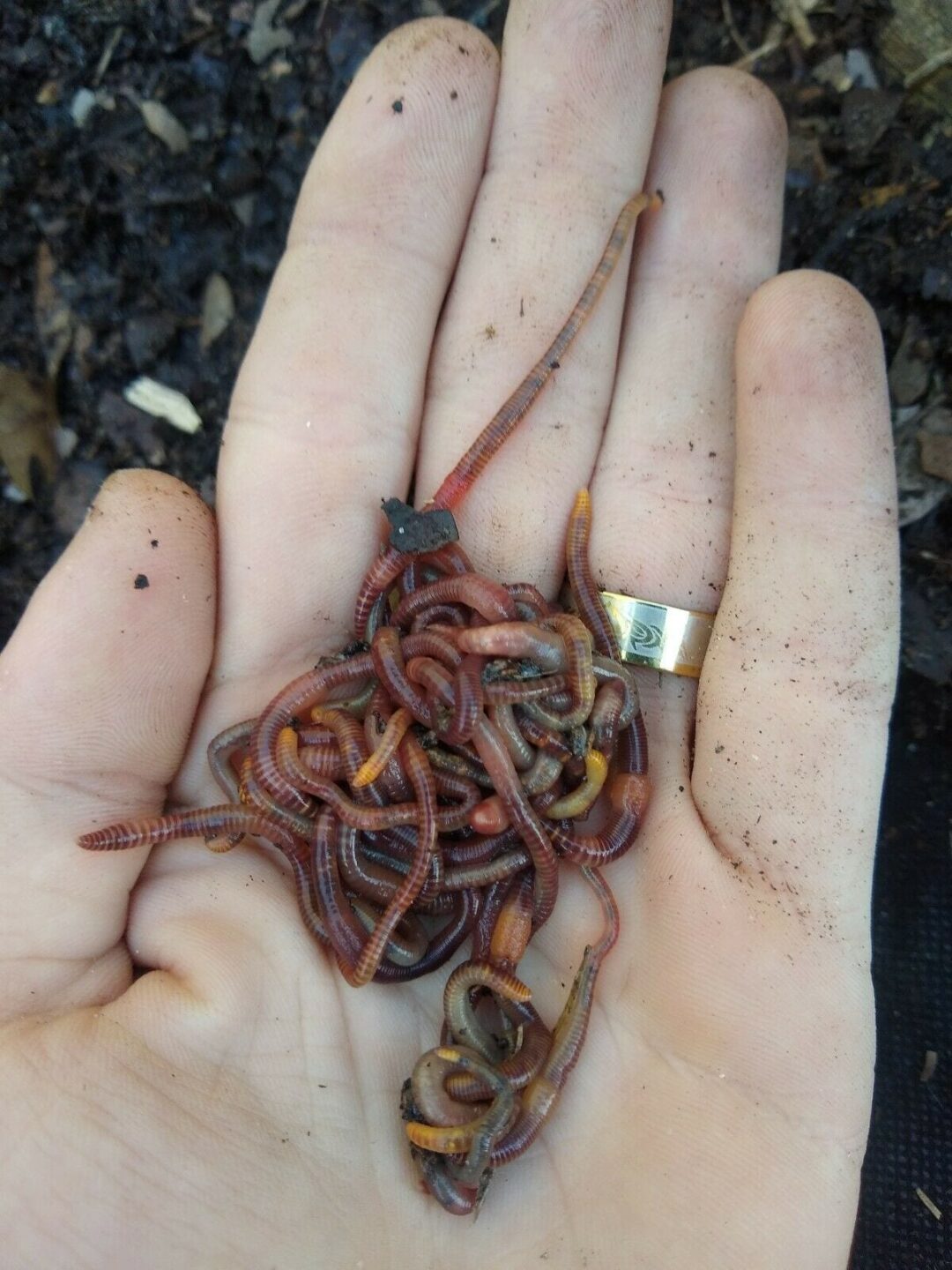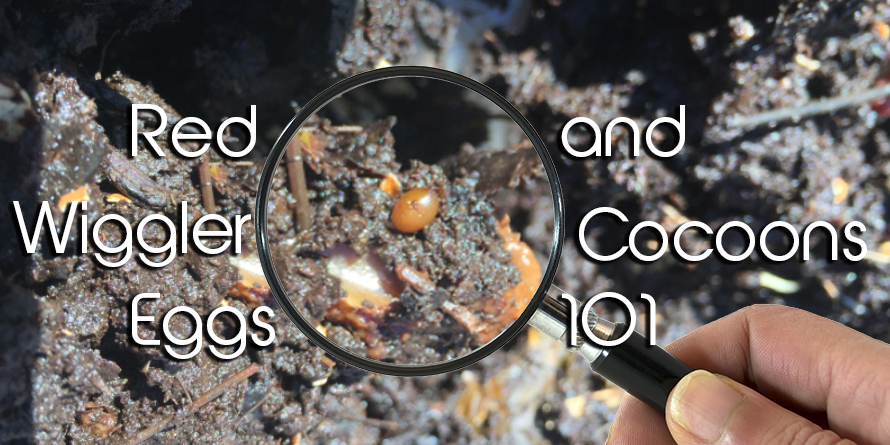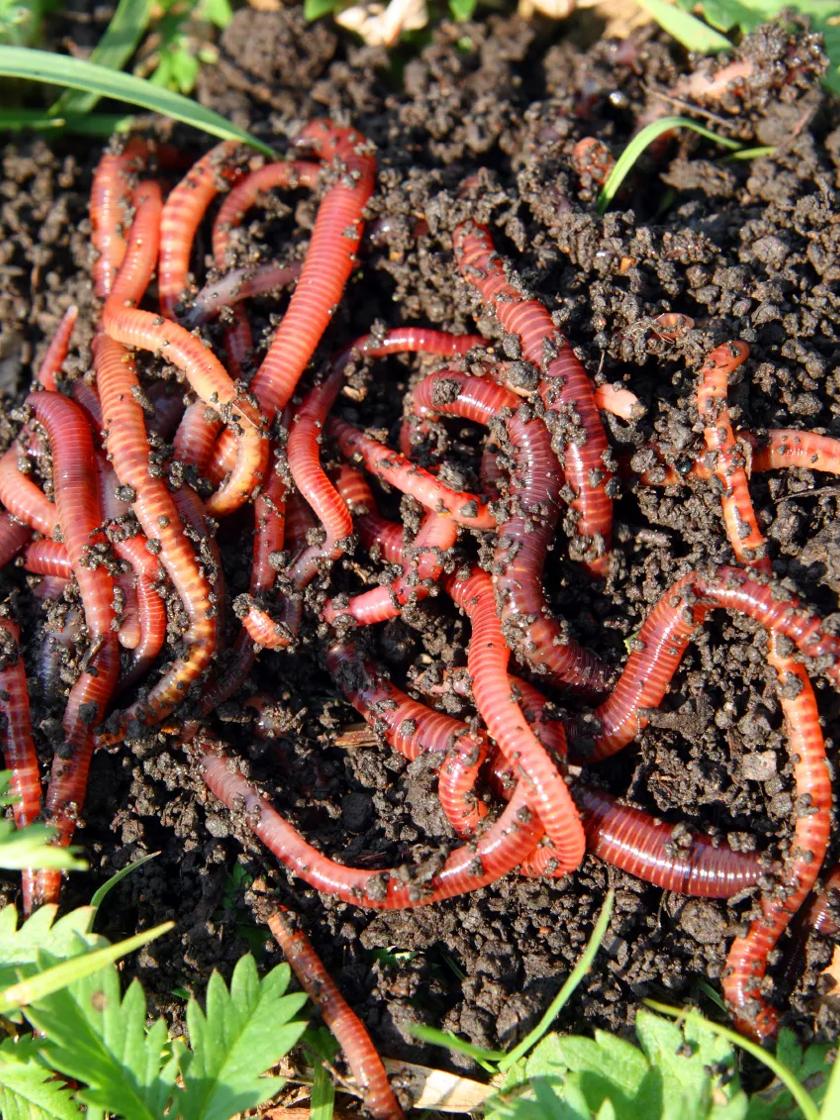Red Wigglers: The Unsung Heroes of Organic Waste Recycling
Red wigglers, or Eisenia fetida, offer as essential representatives in the organic waste recycling process, changing thrown out products into valuable vermicompost. As the globe progressively seeks remedies to battle waste build-up and improve farming efficiency, understanding the duty of these worms ends up being essential.
What Are Red Wigglers?
The impressive resilience of red wigglers, scientifically recognized as Eisenia fetida, underscores their important role in organic waste recycling. These tiny, reddish-brown earthworms are commonly located in decaying raw material, such as compost heap and manure lots. Lake Hickory Bait. Unlike other earthworm species, red wigglers grow in nutrient-rich atmospheres and are highly effective at damaging down organic products, making them important for vermicomposting

(Red Wiggler Express)Along with their function in waste decrease, red wigglers add to dirt health by improving dirt structure and aeration with their delving tasks (Lake Hickory Bait). Their presence in composting systems not only improves decay prices yet also promotes a sustainable method to throw away monitoring, illustrating their significance in environmental preservation efforts
Benefits of Composting With Worms
Composting with worms, especially red wigglers, uses countless benefits that boost both waste monitoring and dirt wellness. These worms effectively break down organic waste, converting it into nutrient-rich vermicompost that enriches dirt. This procedure increases disintegration, enabling a quicker recycling of kitchen area scraps and other organic products contrasted to typical composting techniques.
Furthermore, the vermicompost created by red wigglers is including helpful bacteria, which help improve dirt framework, aeration, and moisture retention. This boosts the general health and wellness of plants, promoting strenuous development and enhanced yields in yards and agricultural settings. Furthermore, the usage of worms in composting lessens the production of greenhouse gases, such as methane, adding to a more sustainable waste management system.

How to Start Vermicomposting
Establishing a vermicomposting system is a simple procedure that can generate substantial advantages for both waste monitoring and soil enrichment. To begin, select a suitable container, such as a plastic bin or wooden box, with sufficient ventilation openings to make sure correct air movement. The measurements need to preferably be about 2 feet by 3 feet, permitting enough room for the worms to thrive.
Following, prepare bed linens product, which can contain shredded newspaper, cardboard, or coconut coir. This bedding ought to be moistened to create an ideal environment for the worms. As soon as the bedding remains in location, present red wigglers (Eisenia fetida) into the container, generally around one extra pound of worms for every single square foot of surface.
Following the positioning of worms, add natural waste, such as fruit and vegetable scraps, coffee grounds, and crushed eggshells. With these steps, you will efficiently launch a vermicomposting system that contributes to lasting waste monitoring and enriches your dirt.
Preserving a Healthy And Balanced Worm Container
(Red Wiggler Express)Maintaining a worm container prospering calls for routine focus and like make sure the health of the red wigglers and the effectiveness of the composting process. Correct maintenance begins with monitoring the wetness levels; the bin ought to be damp however not soaked. An excellent guideline is to preserve a consistency similar to a wrung-out sponge.
Aeration is critical as well. Delicately blending the bedding and food scraps every couple of weeks protects against compaction and makes sure that all worms have access to oxygen. In addition, it is essential to feed the worms properly. A balanced diet plan of fruit and vegetable scraps, coffee grounds, and crushed eggshells should be supplied in small amounts to prevent overfeeding, which can cause smells and parasites.
Temperature level law is another essential facet. Red wigglers grow in a variety of 55 to 77 degrees Fahrenheit. If the bin comes to be as well warm or chilly, the worms might become worried - Lake Hickory Bait. Periodically examine go right here for indications of health, such as worm population development and the visibility of healthy castings. By diligently managing these aspects, one can preserve a durable and effective worm container.
Effect On Lasting Living
The effective upkeep of a worm bin not just benefits the health and wellness of red wigglers but additionally adds substantially to lasting living practices. By recycling natural waste, such as kitchen area scraps and lawn debris, red wigglers aid divert substantial amounts of product from landfills. This decrease in waste not only lowers greenhouse gas exhausts yet also decreases the environmental concern connected with waste management.
Moreover, the castings created by red wigglers offer as a nutrient-rich organic plant food, enhancing soil wellness and promoting plant growth. This natural choice to chemical plant foods supports sustainable farming and gardening practices, decreasing reliance on artificial inputs that can damage communities. Furthermore, worm composting fosters understanding of waste administration, urging individuals and communities to adopt more lasting habits.

Verdict
In recap, red wigglers offer as important factors to organic waste reusing via their efficient disintegration of natural materials. By integrating vermicomposting into waste monitoring techniques, people and areas can significantly lower waste while promoting ecological sustainability.